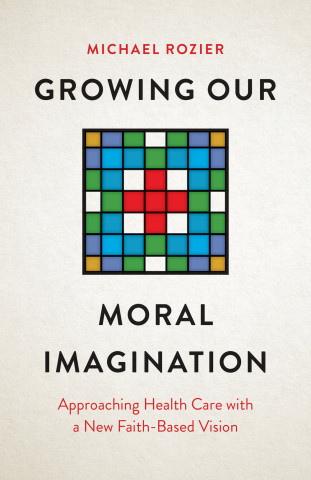
Reviews
Eliav uses his impressive knowledge of Talmud, the Bible, archeology, languages, rabbinic texts, the classics and patristic literature to debunk the notion that the Temple Mount was a sacred space for ancient Jews and Christians. According to him, it did not achieve this status until long after the Second Temple was destroyed. In a dazzling display of erudition, he supports his thesis by providing new readings of familiar sources and by citing many little-known references.
Readable and well illustrated and documented, this book is recommended for religion and seminary collections of all stripes.
Eliav writes in a clear style that makes it accessible to most readers. Highly recommended.
This is a wide-ranging book on a fascinating topic. Its main thesis is that the Temple Mount in Jerusalem became an important concept invested with religious significance only after the Temple had been destroyed by the Romans in 70 CE.
All readers will be rewarded by Eliav's judicious insights, his nuanced reinterpretations, and his wide-ranging scholarship.
This book means to awaken an important scholarly debate and it deserves to succeed.
A very important contribution to the history of Jerusalem, but even more so to the broader question of how sacred place is conceptualized in textual and ritual consciousness, and the interplay of that consciousness with social and religious identity. It was a pleasure to read.
Book Details
List of Illustrations
Preface
A Note on Translation and Transliteration
Introduction
1. Transmuting Realities: From David to Herod, From Micah to Josephus
2. Locus Memoriae: The Temple Mount and the Early
List of Illustrations
Preface
A Note on Translation and Transliteration
Introduction
1. Transmuting Realities: From David to Herod, From Micah to Josephus
2. Locus Memoriae: The Temple Mount and the Early Followers of Jesus and James
3. Delusive Landscapes: From Jerusalem to Aelia
4. A Lively Ruin: The Temple Mount in Byzantine Jerusalem
5. The New Mountain in Christian Homiletics
6. The Temple Mount, the Rabbis, and the Poetics of Memory
Afterword: A Mount without a Temple
Abbreviations
Notes
Bibliography
Primary Sources
Scholarly Works
Index of Ancient Citations
General Index





